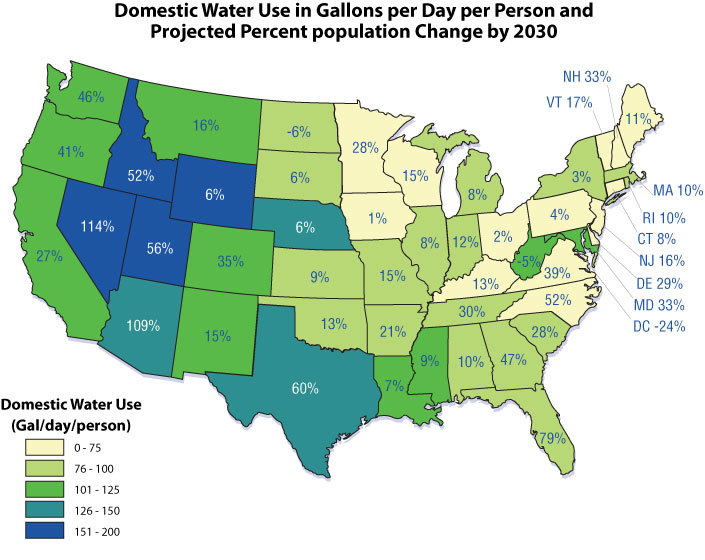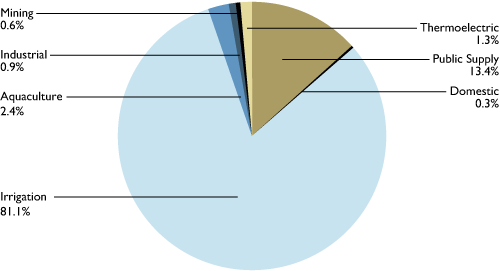Landscape Architecture for Landscape Architects › Forums › GENERAL DISCUSSION › Rainwater Harvesting in Utah
- This topic has 1 reply, 2 voices, and was last updated 12 years, 8 months ago by
 Les Ballard.
Les Ballard.
-
AuthorPosts
-
November 2, 2012 at 1:07 am #156144
 Seth Johnson BockholtParticipant
Seth Johnson BockholtParticipantI researched a bill (SB 128) that was discussed in the Utah Senate that would legalize rainwater harvesting in Utah. It passed the Senate but was not passed in the House. The bill limited the amount to 2500 gallons per person. I don’t think it was a sincere effort to allow rainwater harvesting for the right reasons. Read more about it in my blog.
THE UTAH SENATE’S FAILED ATTEMPT TO LEGALIZE RAINWATER HARVESTING.
Does anyone else have any further information about attempts or discussions on this issue?
It is an important issue that could revolutionize the way we design landscapes in Utah and how municipalites plan for developments and the acquisition of vital water resources.
November 2, 2012 at 5:14 am #156147 Les BallardParticipant
Les BallardParticipantyes grey water tanks are fine as are 3 pond filtration systems to get back to drinking water and underground reservoirs but planning new areas from an underground cistern upwards carrying all services seems best. For donkey’s years people have said we should save the rain, at least and recycled water from sewers but I see it done nowhere really well. Even the New York water systems provide water rather than recycle it. Look at the entries for the Drylands Competition. I do not think they have got back to the cistern idea there either, not like the one thousands of years ago in Russia. As the people left the foothills due to the start of the monsoon rains washing the soil from the fields they migrated via the plains and built cisterns. There are small ones today in North Africa too. Only the Russians diverted the waters from the Caspian at ground level, to water cotton mainly and now the Caspian is a puddle – you can’t allow evaporation or overuse what you have.
November 3, 2012 at 12:12 am #156146 Seth Johnson BockholtParticipant
Seth Johnson BockholtParticipantThanks for your insight! I will look at the Drylands Competition to see what they have been doing.
I am really talking about making a dent in the water used for landscape irrigation, and maybe even some agriculture uses. Utah is on the western edge of the Rocky mountains and borders the Great Basin. We live in a desert with annual precipitation under 10 inches in most parts of the State.
We don’t have a Caspian, and our biggest lake is salty. Most of our water 78% is from surface sources that are supposed to be replenished with winter melt. But most of our drinking water is from groundwater wells 56%. So as we grow we inevitably push closer to outgrowing supply and draining subsurface sources.
Utah is the second driest state in the US in terms of annual precipitation; and its citizens use more water per capita than any other state, some 293 gallons per day each.
Also 81% of all water use is attributed to irrigation. How can Utah afford not to allow rainwater harvesting for landscape irrigation?
graph by, Environmental Protection Agency.
November 9, 2012 at 4:33 pm #156145 Les BallardParticipant
Les BallardParticipantright, you cant desalinate the salt lake and melt water reduction in many years may dry that out anyway – recycling what you have is king unless you convince residents to bath with a friend a few times per fill and not shower lol. The stat on irrigation is obviously key in that so much h2o is lost to evaporation and better ways of irrigation, eg leaky hose rather than sprinklers, seems the way forward in the short term. I think of the mayan, etc problem with insufficient food being grown to feed a huge urban population for those days resulting in human sacrifice in drought. I cant see the tabernacle reverting to that lol but some folk do odd and ancient things cos they are in our brains. Actually limiting any resource or population is enough of a culture shock for people brought up on inexhaustability and cheap gas so trimming at the edges, as indicated with irrigation and planning limits, needs a main attack elsewhere – namely in this case, i think, a major water recycling project from melt and rainwater where, currently, water is lost by flowing in the wrong direction or actual urban recycling. USA wide funding is going to be limited for a long time and state funding too so this is going to have to be a private commercial and public donation or taxation enterprise over a decade with the promise of dearer water and even food for all to ensure “angel” company profits. The saving grace may be very low percentage profits providing sufficient rewards over a long time, not giving a licence to print money as folk may usually regard utility companies.
-
AuthorPosts
- You must be logged in to reply to this topic.




